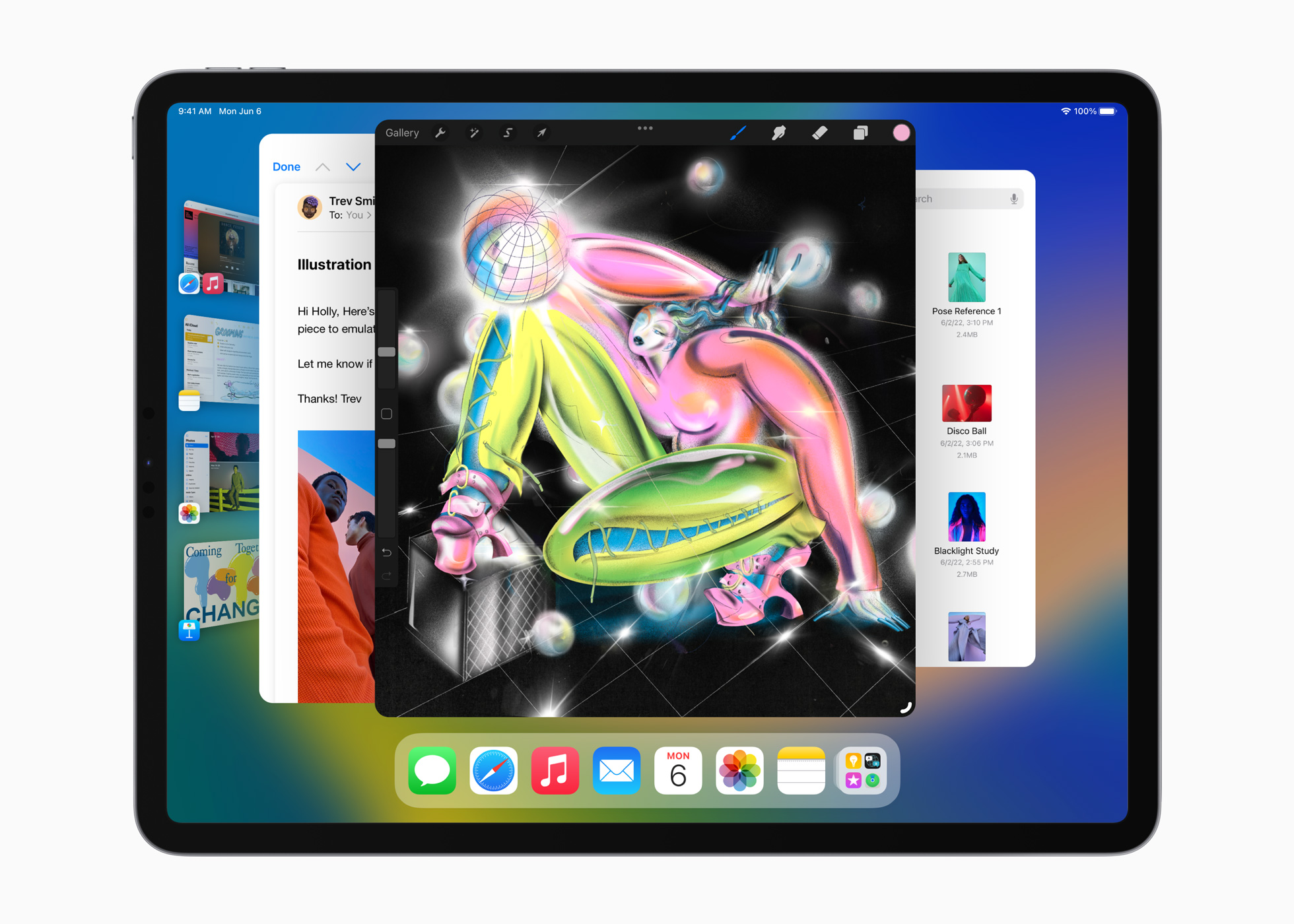Since the original iPad, the Wi-Fi + Cellular models feature physical SIM card slots to easily switch between SIM cards when you’re traveling or roaming. However, starting with the new iPad models that were unveiled this week, those models phased out the physical SIM card slots in favor of using only e-SIM.
This change was previously applied to the iPhone starting with the iPhone 14 models sold in the U.S. All iPhone 15 models sold around the world have phased out the physical SIM card slot entirely. So all iPhone models going forward to rely only on e-SIM for cellular connectivity.
For just over 14 years, Apple used two types of SIM cards for its cellular iPad models. From the original iPad to the fourth-generation iPad, those models used the micro-SIM. Apple then switched to nano-SIM starting with the original iPad mini, which was introduced in 2012. So far, the following models used the nano-SIM:
- iPad (5th generation and later)
- iPad Pro (all models except the M4 models)
- iPad Air (all models except the M2 models)
- iPad mini (all models)
With e-SIM technology being the future for cellular connectivity and data roaming, there’s no longer a need for physical SIMs, for e-SIM is stored within the phone, and it cannot be opened by stranger in case the device gets stolen.
Both the iPad Air (M2) and iPad Pro (M4) are available to order today, and they’ll arrive to customers starting May 15.
If you enjoy our content, make sure to follow @Appleosophy for more articles or deals to come.







